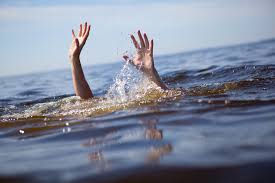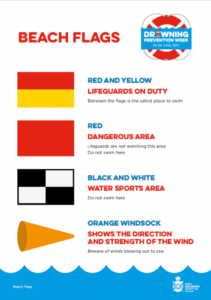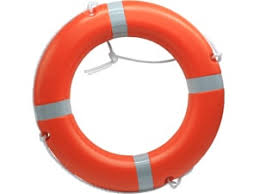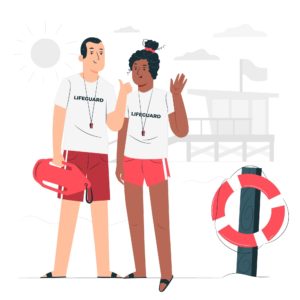Water Safety
Going to the beach and swimming in the sea is great fun but there are also dangers to be aware of.
The sea can be unpredictable, currents and strong winds can carry you out of your depth and make it very difficult to swim back to safety.
According to the Royal Life Saving Society more than 700 people, per year, die in the UK and Ireland from drowning.
You can help keep yourself safe by:
• Choosing to go to a ‘Lifeguarded Beach’ and only swimming between the red and yellow flags. You can find out which beaches have a lifeguard service by visiting the RNLI website,
https://rnli.org/find-my-nearest/lifeguarded-beaches
• Never swim if you have drunk alcohol or taken drugs.
• Never use inflatables if there are strong winds.
• Always make sure someone knows you have gone into the water, so that they can call for help if you get into danger.
• Be aware of your swimming capabilities, swimming in the sea is very different to swimming in a pool.
• Never swim too far out, stay near the shore, so it’s easier to return if you get into any difficulty.
• Always read and obey any signs near water and get to know what the beach warning flags mean
Getting help:The Universal drowning signal is to wave your arms and shout “help.”

- If you see someone waving their arms or calling for help, Ring 999 or 911 and ask for the
- Never enter the water yourself to save someone, lots of people drown by trying to help others. If you have something that floats or that they could hold on to, throw it to them.
Places where there is deep water often have life rings to throw to people who are drowning.



